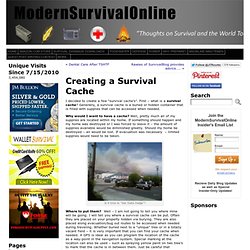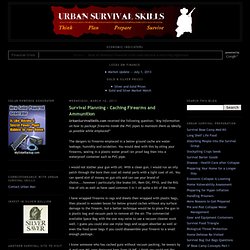

Mormon Food Storage. Here for you is the link, once again.

This company is the most famous and respected company of them all. You get emergency food for long term storage. Your food has a long shelf life, so you will not have to replace it often. When you order more than $100, your shipping is FREE! - Click On The Image Now And Order Yours! HAND-OPERATED. The flywheel almost turns itself, you don't have to push hard! Click on the image to find out more! SHELF-STABLE RECIPES - Here is also, for you, a free food storage recipe book, though it is not specifically food storage LDS methods: This free download is courtesy of Jodi and Julie, over at the "Food Storage Made Easy" website. MYLAR FOOD STORAGE BAGS - MYLAR BAGS FOOD STORAGE For shorter storage time, some folks seal food into mylar bags, with oxygen absorbers.
GET YOUR BAGS -- By Clicking These Links: 50 1-Gallon Bags, Hand Sealer, And Oxygen Absorbers 20 1-Gallon Bags, Oxygen Absorbers 200 1-Gallon Bags 10 5-Gallon Bags, Oxygen Absorbers. A Long-Term Survival Guide - Typical Weapons Caches. PVC/ABS/etc. Survival Cache. How To Make A Survival Cache. A survival cache is a container filled with food/water and supplies that is placed in a safe location protected from both accidental exposure and those aggressively searching for your preps (supplies).

A cache is used as a back up to your other supplies. They are packed with items you believe you will need in a survival situation. They can be made out of anything, but most people use PVC pipe. Placing caches in you home or on your property Caches can be placed in the ground or hidden in walls, furniture, or just about anywhere you can imagine. Placing caches along a route I cannot say where you can or cannot legally place a cache; you will have to make that decision. You should place them at logical distances from each other, depending on how you plan to travel. How to Build a Food Cache for Survival. Creating a Survival Cache. I decided to create a few “survival cache’s”.

First – what is a survival cache? Generally, a survival cache is a buried or hidden container that is filled with supplies that can be accessed when needed. Why would I want to have a cache? Well, pretty much all of my supplies are located within my home. If something should happen and my home was destroyed or I was forced to leave it – the amount of supplies available would be diminished greatly.
Is it time to "Get Outta Dodge"? Where to put them? How to Prepare Your Own Survival Food Cache. Survival Cache — The Gear Site for Survival. US Army Special Forces Caching Techniques - Learn methods to cache firearms and other essential items. Caching is the process of hiding equipment or materials in a secure storage place with the view to future recovery for operational use.

The ultimate success of caching may well depend upon attention to detail, that is, professional competence that may seem of minor importance to the untrained eye. Security factors, such as cover for the caching party, sterility of the items cached, and removal of even the slightest trace of the caching operations are vital. Highly important, too, are the technical factors that govern the preservation of the items in usable condition and the recording of data essential for recovery.
Successful caching entails careful adherence to the basic principles of clandestine operations, as well as familiarity with the technicalities of caching. Caching Considerations Caching considerations that are vital to the success of the caching operation may be done in a variety of operational situations. 1.
Urban Survival Skills: Survival Planning - Caching Firearms and Ammunition. UrbanSurvivalSkills.com received the following question: "Any information on how to package firearms inside the PVC pipes to maintain them as ideally as possible while emplaced?

" The dangers to firearms emplaced in a below ground cache are water leakage, humidity and oxidation. You would deal with this by oiling your firearms, sealing in a plastic water proof/air proof bag then into a waterproof container such as PVC pipe. I would not slather your gun with oil. With a clean gun, I would run an oily patch through the bore then coat all metal parts with a light coat of oil. You can spend alot of money on gun oils and can use your brand of choice,...however I particularly like Snake Oil, Rem Oil, FP10, and the RIG line of oils as well as have used common 3 in 1 oil quite a bit of the time. I know someone who has cached guns without vacuum packing, he swears by it and uses MIL spec desiccant bags from ULINE.
It would be a good idea to seal the PVC pipe with PVC sealant or use rubber cement. Caching Your Goods. Captain Dave found creating a cache on a boat is difficult, with the best option being a variation of the 18th century pirate's buried treasure.

For most land-bound survivalists, however, creating a cache of emergency goods is less of a challenge, as you will see below: There are two types of caches: Basic Caches These caches can be in a closet, basement, local storage company or other, relatively easy-to-access location. They are normally protected by locks or other traditional security measures and some discretion on your part (you know -- keeping your mouth shut.) The basic stash should include all your survival items (covered in chapters three, four and five). Because these caches are accessible, you can rotate items in and out as necessary. Basic caches can simply be food, water and other necessities on shelves, in boxes and bags or in cupboards set aside just for that purpose. Why Cache Firearms.